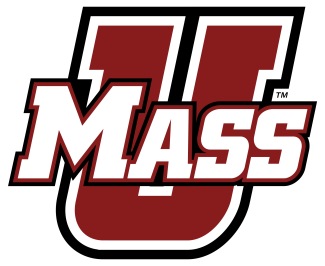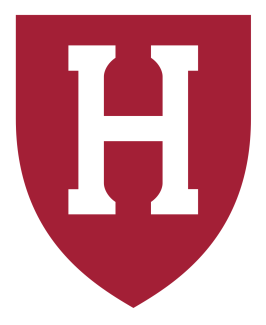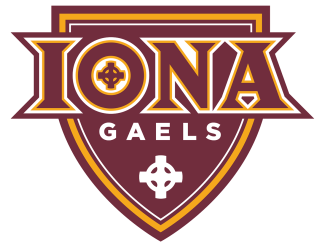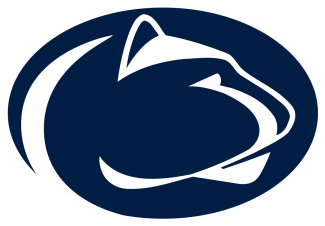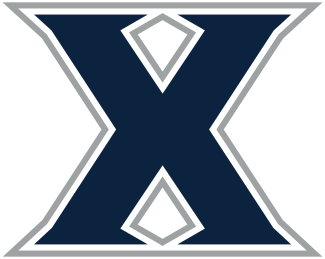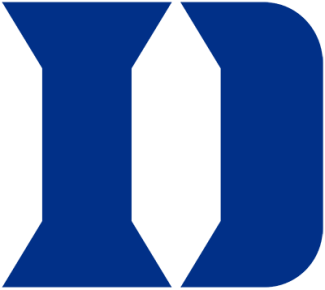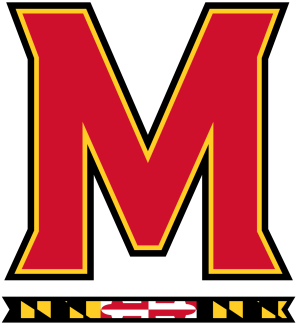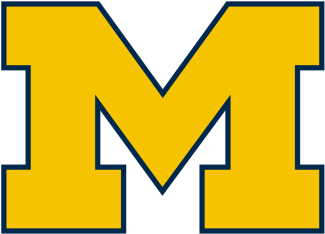Those choices also moved the NCAA away from the possibility of contesting much or all of the tournament in a single state or metro area. The NCAA went that route for the just-concluded men’s basketball (Indianapolis) and women’s basketball (San Antonio) tournaments, and the men’s and women’s soccer tournaments that begin later this month will be played entirely in North Carolina.
“That was certainly an option, especially early on when we had no idea if there was anybody out there was that was willing to do this,” Leonard said. “That was something we looked at. I thought it would have been pretty cool, to be honest with you, but I think the overall consensus of the committee was, ‘We need to reduce some of the travel as much as possible, and if we can make it as geographically friendly as we can, then that’s better.’”
While the framework of where the tournament will unfold is settled, exactly how the committee will sort out the selection and seeding process is another matter.
The committee will have five members; Denver deputy athletic director Brandon Macneill is expected to join Leonard, Loyola athletic director Donna Woodruff, North Carolina coach Joe Breschi and Hobart coach Greg Raymond. Macneill replaces former Utah deputy AD Kyle Brennan, who took the AD job at Illinois State late last year.
Leonard said weekly calls with the 10-coach regional advisory committee will begin next week, and those discussions will be especially valuable in a year when some of the tools used for bracketing the field can’t provide much (or any) insight because of limited nonconference schedules.
“I just don’t know yet how much of an emphasis will be placed on each criteria,” Leonard said. “We try to have an order of the things that we’re looking at and some of those we won’t even be able to use this year. … We always had a non-conference strength of schedule, non-conference RPI and the rest of those things. Some of those things won’t be the criteria we can use.”
It’s a process the committee will need to sort out over the next month leading into the May 9 selection announcement. And while there are elements that might not be as influential as part years, the consequences of the pandemic could make something usually not taken into consideration a factor in deliberations.
“In the past, we’ve really tried to stay away from looking at situations like, ‘Well, this team had a bad loss, but they were missing their best player,’” Leonard said. “We try to stay away from who was playing in the game and who’s healthy and who’s not. I say this now, but I would imagine it’s going to be hard to not have some of that criteria in there if you’re looking and [a team] is missing their three starting attackmen because they were out on COVID protocol.”

